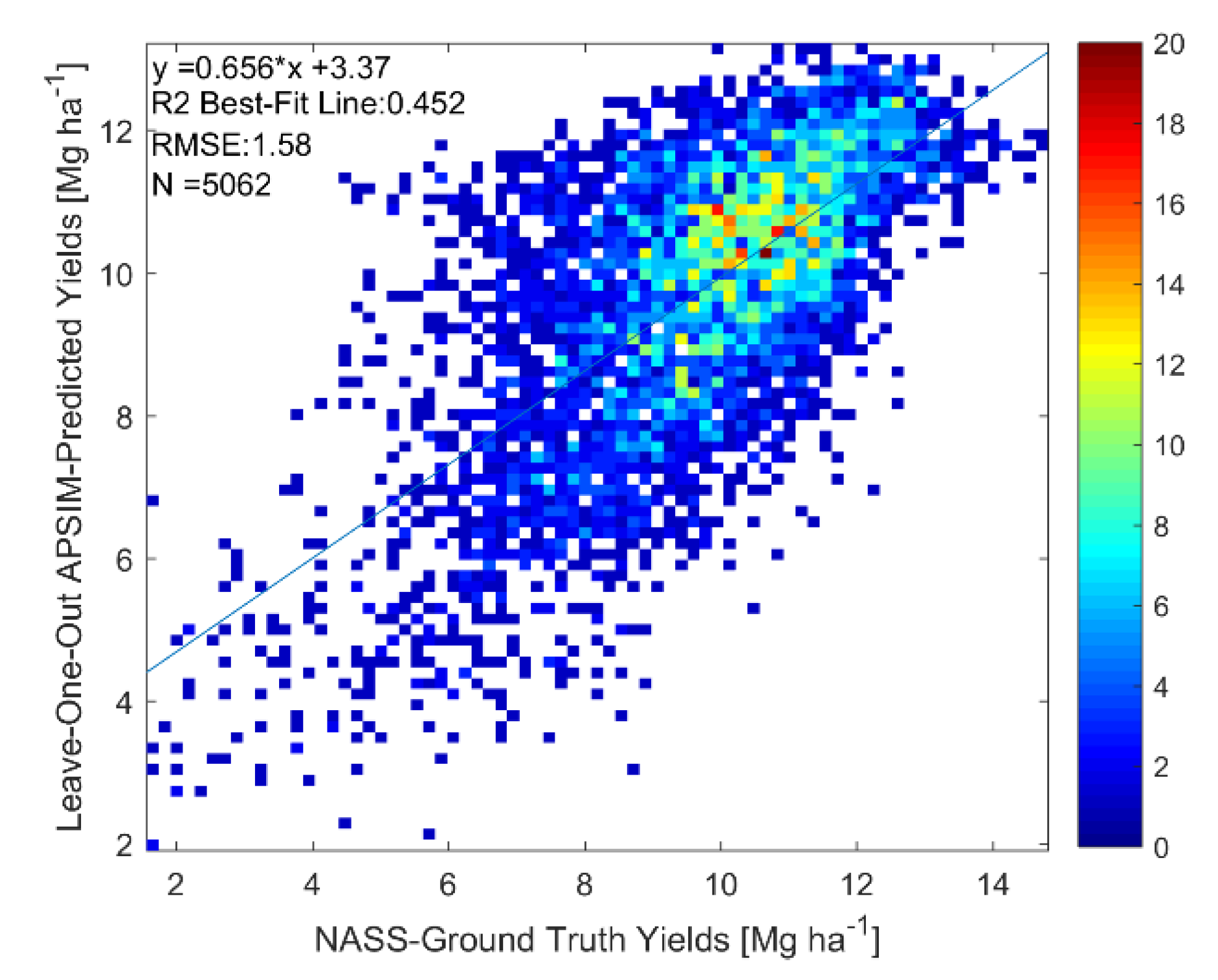

Soil Biol Biochem 5:415–423Ĭurtis PS, Wang XZ (1998) A meta-analysis of elevated CO 2 effects on woody plant mass, form, and physiology. Clim Res 12:1–14Ĭhatel DL, Parker CA (1973) Survival of field grown Rhizobia over the dry summer period in Western Australia.

Clim Chang 70:191–200Ĭharles SP, Bates BC, Whetton PH, Hughes JP (1999) Validation of downscaling models for changed climate conditions: case study of southwestern Australia. Science 323:240–244īurton I, Lim B (2005) Achieving adequate adaptation in agriculture. Agr Water Manag 53:117–132īattisti DS, Naylor RL (2009) Historical warnings of future food insecurity with unprecedented seasonal heat. Eur J Agron 12:37–54īathgate A, Pannell DJ (2002) Economics of deep-rooted perennials in western Australia. Plant Soil 233:127–143Īsseng S, van Keulen H, Stol W (2000) Performance and application of the APSIM Nwheat model in the Netherlands. Field Crops Res 57:163–179Īsseng S, Turner NC, Keating BA (2001c) Analysis of water-and nitrogen-use efficiency of wheat in a Mediterranean climate. Field Crops Res 85:85–102Īsseng S, Keating BA, Fillery IRP, Gregory PJ, Bowden JW, Turner NC, Palta JA, Abrecht DG (1998b) Performance of the APSIM-wheat model in Western Australia. Aust J Agric Res 52:45–56Īsseng S, Jamieson PD, Kimball B, Pinter P, Sayre K, Bowden JW, Howden SM (2004) Simulated wheat growth affected by rising temperature, increased water deficit and elevated atmospheric CO 2. Aust J Agric Res 49:363–377Īsseng S, Fillery IRP, Dunin FX, Keating BA, Meinke H (2001b) Potential deep drainage under wheat crops in a Mediterranean climate. Aust J Agric Res 52:57–66Īsseng S, Fillery IRP, Anderson GC, Dolling PJ, Dunin FX, Keating BA (1998a) Use of the APSIM wheat model to predict yield, drainage, and NO3-leaching for a deep sand. Management opportunities to control drainage.

Glob Chang Biol 17:997–1012Īsseng S, Dunin FX, Fillery IRP, Tennant D, Keating BA (2001a) Potential deep drainage under wheat crops in a Mediterranean climate. Aust J Agric Res 56:1137–1149Īsseng S, Foster I, Turner NC (2011) The impact of temperature variability on wheat yields. Aust J Agric Res 49:329–343Īnderson WK, Hamza MA, Sharma DL, D’Antuono MF, Hoyle FC, Hill N, Shackley BJ, Amjad M, Zaicou-Kunesch C (2005) The role of management in yield improvement of the wheat crop - a review with special emphasis on Western Australia. Nitrogen fixation in legumes, net N mineralisation, and utilisation of soil-derived nitrogen. Agric Econ 33:1–9Īnderson GC, Fillery IRP, Dolling PJ, Asseng S (1998) Nitrogen and water flows under pasture-wheat and lupin-wheat rotations in deep sands in Western Australia. Research priorities are proposed.Ībadi Ghadim AK, Pannell DJ, Burton MP (2005) Risk, uncertainty, and learning in adoption of a crop innovation. Rather than promoting current change, the most important policy response is research and development to enable farmers to facilitate future adaptation to climate change. Contrary to some claims, there is no scientific or economic justification for any immediate actions by farmers to adapt to long-term climate change in the Western Australian wheat-belt, beyond normal responses to short-term variations in weather. Changes in agricultural technology and farming systems have had much larger impacts. Twentieth century changes in rainfall, temperature and atmospheric CO 2 concentration have had little or no overall impact on wheat yields. While these changes appear adverse for water-limited rain-fed agriculture, a close analysis of the changes and their impacts reveals a more complex story. Future climate change scenarios suggest that the Western Australian wheat-belt is likely to see greater future reductions in rainfall than other regions, together with a further increase in temperatures. The Western Australian wheat-belt has experienced more rainfall decline than any other wheat-cropping region in Australia.


 0 kommentar(er)
0 kommentar(er)
